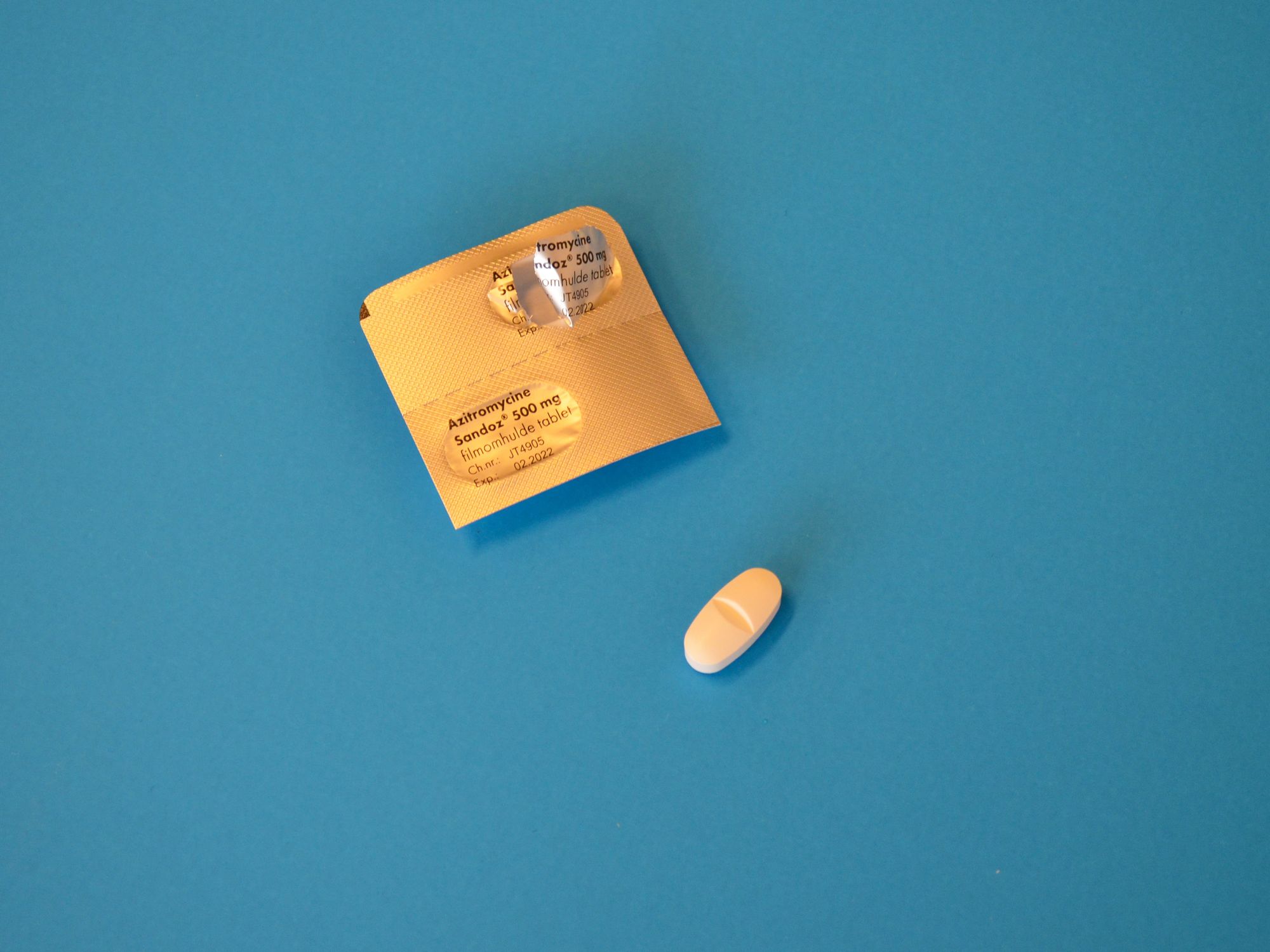What’s the AMR situation in Southeast Asia?
My takeaways from Zellweger et al’s paper on the key problems with AMR in the following LMICs: Myanmar, Thailand, Cambodia, Lao PDR, Vietnam, Malaysia, Philippines and Indonesia.

I had just read a 2017 paper that summarised the state of antimicrobial resistance (AMR) in Southeast Asia (SEA) at the time of publication. I appreciate that the authors have been involved in AMR research and AMR programme implementation in the countries examined in this paper.
Three Fascinating Hits
Before I dive into the paper’s key insights, here are three new insights that I personally found most interesting:
- Did you know that counterfeit drugs generate $75 billion every year? That’s as big as the video game industry in 2017.
- Most frequently counterfeit drugs are antimalarials and antibiotics. I wonder then whether counterfeits are in any way contributing to AMR.
- Three-quarters of the world’s counterfeit drugs are produced here in SEA. Wow. Are they being peddled by the same cartels that manage the drug trafficking trade in Asia?
Now, let’s jump right in.
Key problems in AMR in Southeast Asia
Zellweger et al’s paper addresses the key problems with AMR in the following LMICs: Myanmar, Thailand, Cambodia, Lao PDR, Vietnam, Malaysia, Philippines and Indonesia. They have identified the following problems:
- We don’t have enough nor standardised data on AMR. We need more information to pinpoint the region’s AMR burden, AMR-associated morbidity and its economic cost.
- The existing surveillance networks in the region include ANSORP and GARP. I think its worthwhile to point out that Thailand’s efforts, which include their NARST and AMRCP networks, are particularly laudable.
- The region’s continued economic boom and population growth spells increase demand for agriculture and human medicine. Antimicrobial use (AMU) in food production and healthcare will only intensify.
- Poor AMR awareness has seen the overuse and misuse of antimicrobials in agriculture and aquaculture. Interestingly but perhaps unsurprisingly, part of the problem stems from lower standards imposed on products for domestic markets compared to exports.
We also see ill-informed farmers using antimicrobials to treat or prevent infections. Antimicrobials are even used as growth promoters.
To make things worse, misuse, combined with poor sanitation and waste management infrastructure will only exacerbate AMR transmission to humans, either via contact with animals, animal waste or through consumption of foods. - AMR awareness is also lacking in the healthcare setting. Imagine if the doctors or pharmacists in charge of care know little to nothing about the AMR. Suboptimal dosing for patients who cannot afford full regimes, unnecessary prescribing to meet patient demand, antibiotic sales without prescriptions and poor regime compliance are commonplace.
- Limited access. Doctors can only prescribe what’s available; drugs may be incorrectly dosed, contain the wrong or insufficient active ingredient or even be fake.
With all of that said, what needs to be done now?
Zellweger et al offer some suitable follow-up efforts:
- Focus on surveillance and stewardship. We need to introduce surveillance infrastructure that follows GLASS recommendations across the region, across One Health sectors.
- Second, conduct antimicrobial stewardship research to roll out the most effective initiatives. The authors had suggested for coordinated and standardised initiatives in the region. While I agree coordination can allow for comparisons and data sharing, efforts should be kept decentralised and localised to maximise efficiency.
- Conduct social research to shape AMS initiatives. Why are healthcare professionals prescribing inappropriately? Is it a matter of economics, politics or an issue of awareness? What’s driving the misuse of antimicrobials in farms? What’s the societal costs of AMR in the coming 10, 20 years? What are the most important causes of AMR in each country?
- Have healthcare settings adopt inexpensive rapid diagnostics (that don’t require labs) to reduce inappropriate prescribing. Though I am not sure whether such an option should constitute a priority when the poor AMR awareness and socioeconomic status may be bigger driving forces for inappropriate prescribing.
I agree 100% that social research should be heavily prioritised, especially given how little AMR data exists in the region. Social research will ultimately make or break AMR-control policies. As of now, social research’s most crucial function is to guide every country’s own National Action Plans (NAPs), making sure that they are not blindly drafted with reference to Western standards that do not apply in their home countries but rather, drafted with acute awareness of local norms, cultures, practices, different socioeconomic needs in mind.
Fast forward to 2020, I wonder if there are any LMICs in SEA whose AMR research and programmes are gaining traction. It would be interesting to discover exemplary work (both in research and policy) that can be replicated in other LMICs.
Stay updated on the best insights from public health professionals.